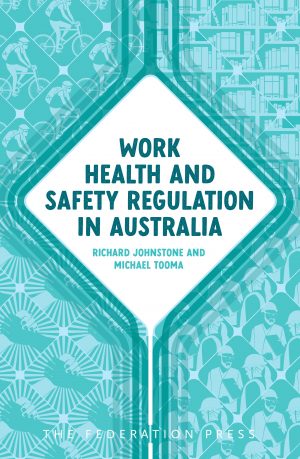Much has changed in the world since the first edition of Regulation in Australia was published in 2017. Governments have contended with a global pandemic, regulatory failure has been in the spotlight in Australia (think Robo Debt, and the Banking and Aged Care Royal Commissions). Rapid changes in technology, a challenging economic environment, and increasing international uncertainty are all creating new challenges for regulators.
The new edition has been significantly expanded to assist regulators, policy makers and their advisors in dealing with these changes. The coverage of behavioural regulation has been extended, and it now forms a discrete chapter, and new chapters have been added dealing with regulatory technologies, and the digital economy and artificial intelligence.
Regulation in Australia provides a comprehensive analysis of the nature of regulation, its origins and development in Australia, why governments regulate, how they regulate, and who regulates whom at the federal, state and local government levels. Management of the regulatory process, the principles of good regulation and red tape in regulation are examined. The role of soft law, prescriptive, performance-based and principle-based regulation, as well as the use of rewards and incentives in regulation is also explored. How governments use economic, transactional informational and structural regulatory tools and authority tools is extensively discussed.
The book examines the crucial issues of compliance, enforcement and sanctions and provides expanded consideration of regulatory failure. Crucially, however, the book seeks to provide constructive guidance by exploring regulatory strategies, provides an overview of approaches to evaluating regulation and considers innovation and the building of regulatory capacity.
Regulation in Australia provides an accessible overview of regulation which is firmly grounded in Australian law and practice and informed by the rapidly expanding literature on effective regulation. It will appeal to regulators, policy makers, lawyers and students of regulation.







